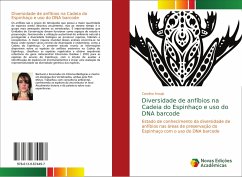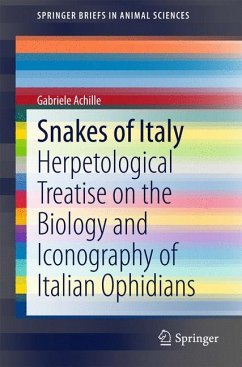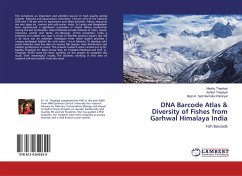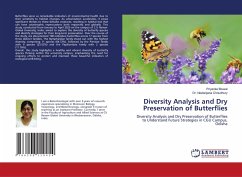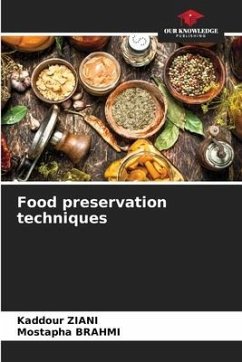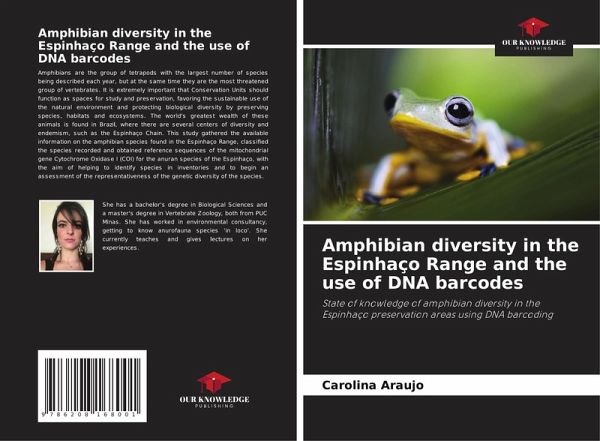
Amphibian diversity in the Espinhaço Range and the use of DNA barcodes
State of knowledge of amphibian diversity in the Espinhaço preservation areas using DNA barcoding
Versandkostenfrei!
Versandfertig in 6-10 Tagen
27,99 €
inkl. MwSt.

PAYBACK Punkte
14 °P sammeln!
Amphibians are the group of tetrapods with the largest number of species being described each year, but at the same time they are the most threatened group of vertebrates. It is extremely important that Conservation Units should function as spaces for study and preservation, favoring the sustainable use of the natural environment and protecting biological diversity by preserving species, habitats and ecosystems. The world's greatest wealth of these animals is found in Brazil, where there are several centers of diversity and endemism, such as the Espinhaço Chain. This study gathered the availa...
Amphibians are the group of tetrapods with the largest number of species being described each year, but at the same time they are the most threatened group of vertebrates. It is extremely important that Conservation Units should function as spaces for study and preservation, favoring the sustainable use of the natural environment and protecting biological diversity by preserving species, habitats and ecosystems. The world's greatest wealth of these animals is found in Brazil, where there are several centers of diversity and endemism, such as the Espinhaço Chain. This study gathered the available information on the amphibian species found in the Espinhaço Range, classified the species recorded and obtained reference sequences of the mitochondrial gene Cytochrome Oxidase I (COI) for the anuran species of the Espinhaço, with the aim of helping to identify species in inventories and to begin an assessment of the representativeness of the genetic diversity of the species.






